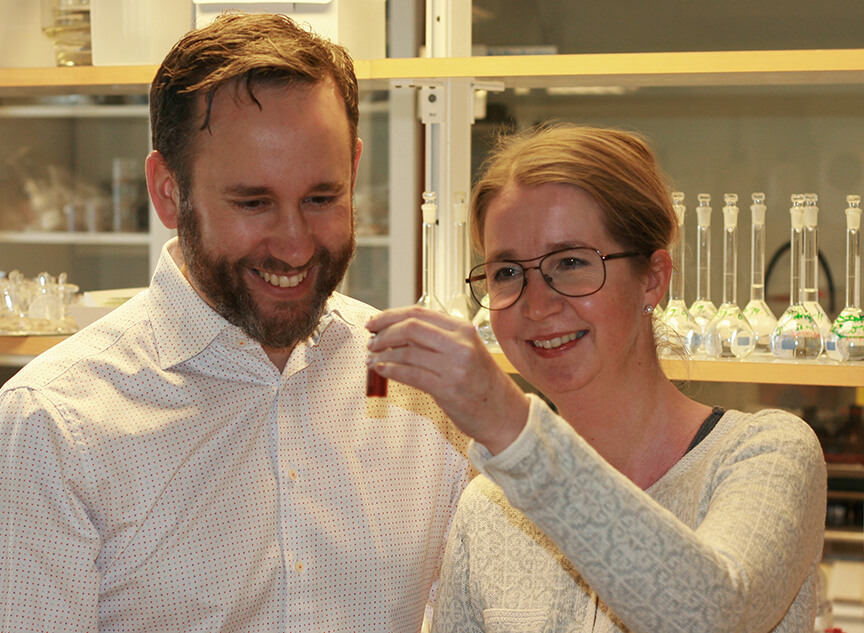 |
||||||||
| April 27, 2016 | ||||||||
| Rick's Tips - Hydraulic troubleshooting charts |  |
|||||||
|
· Subscribe to Ahead of the Curve · Newsletters · Ahead of the Curve archived issues · Contact the Editor
|
We need a common language to describe lignin By Anna Jacobs and Fredrik Aldaeus What do we mean when we say “lignin”? The answer depends on who you ask. A wood chemist probably regards lignin as a macromolecule with a certain chemical structure. For the pulp producer, “lignin” might be the same as the kappa number, whereas from the biorefinery perspective, we often use the term “lignin” for a preparation or a product that consists mainly of lignin (from a chemical perspective) containing more or less contaminants. What goes into the concept of “lignin” thus depends on the context and the perspective. Today, extraction of lignin from black liquor is implemented on an industrial scale via the LignoBoost process, whereas development of new high-value materials and products is still in the research and demonstration stage. The greatest challenge to lignin trade and development is to prepare technical specifications for different lignin applications. In order to do that, we need a common language to describe lignin properties. Today, we do not have such a language. As mentioned above, we lack a common definition of “lignin.” Furthermore, we also lack analytical methods that give the same results, regardless of who performs them. At Innventia, we have identified three groups of properties that we need to analyze in order to describe a lignin preparation: purity, molecular properties and thermal properties. Purity includes content of lignin, moisture and various impurities (for example carbohydrates, extractives and inorganics). The main problem is that almost all standardized methods were developed for wood, pulp and paper, and may not be directly applicable to lignin samples. One example is determination of dry content. For wood and pulp, this is a simple and robust method. The samples are weighed, dried, and weighed once again. Lignin samples usually contain higher amounts of volatile substances compared to wood and pulp samples. These substances evaporate during drying, which makes it difficult to determine the actual dry content of the sample. You might even ask what the “sample” is. Is it the lignin including the volatiles, or is it the dried preparation? Once again, a clear definition of the term “lignin” would be very useful. Molecular and thermal properties include molecular mass, functional groups, melting properties, etc. Many different, more or less established methods are available but no standard methods exist. In many cases these methods involve several analytical parameters that may be varied—for example, by type of analytical instrument or instrument parameters. The results obtained may be completely different depending on the method or method parameters of choice. Therefore it is very difficult to compare results obtained by different labs or on different occasions. To overcome these difficulties, several groups have made attempts to harmonize methods, but to our knowledge there are still no generally accepted methods. With some self-criticism, one might hazard a guess that most researchers are fond of their own particular methods and prefer to continue using them. In conclusion, to be able to trade lignin and develop lignin-based products, we need specifications. Analytical data from the trader must be possible to reproduce in the purchaser’s lab. In order to get there, we need to raise the question of analytical methods for lignin to a higher level. The players within the field need to agree on definitions and harmonize methods. That way, we can start creating the necessary common language. This is something that we at Innventia will increasingly work on during the coming years, together with our partners. Anna Jacobs is research manager for Innventia’s Chemical Analysis group, where Fredrik Aldaeus is senior research associate. Now that you are Ahead of the Curve, stay there by joining TAPPI.
For a modest investment of $174, receive more than US$ 1000 in benefits in return. |
|||||||
 |
||||||||

